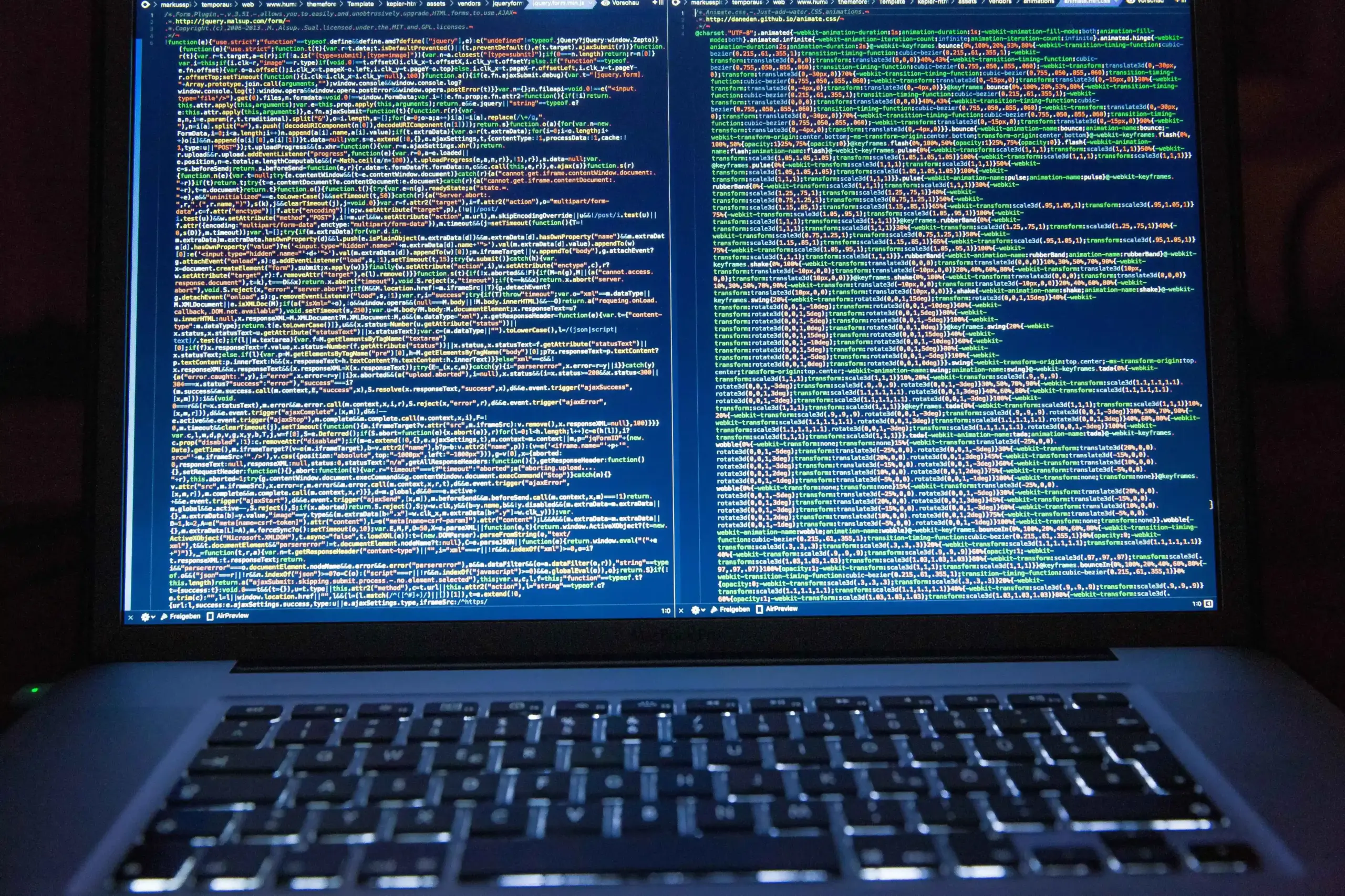Table of Contents
What Is Deepfake Technology and How Does It Work?
What Is Deepfake Technology and How Does It Work? With the rapid progression of deepfake technology has started a new era of online content manipulation, where the boundary between real and fabricated media grows increasingly difficult to discern. Originating from advancements in artificial intelligence, particularly deep learning and generative adversarial networks (GANs), deepfakes are AI-generated media that convincingly replicate real people’s appearances, voices, and mannerisms. While the initial public fascination with synthetic video content was largely rooted around novelty celebrity face swaps and humorous impersonations the technology has actually since spiraled into more complex and, at times, deeply troubling applications.
Thank you for reading this article, if you find it interesting don't forget to share!
How Deepfake Videos Fuel Online Disinformation
Online, deepfakes have become a widely used tool to spread misinformation. From falsified political speeches to counterfeit news broadcasts, synthetic media can undermine trust in authentic information. This erosion of credibility is not a hypothetical threat; real-world examples have demonstrated how deepfake videos can sway public opinion, discredit public figures, and even incite social unrest. The danger lies not only in what is faked but also in the broader societal implication: when seeing is no longer believing, the foundational trust in visual evidence begins to weaken.
The Democratization and Abuse of Deepfake Creation Tools
The accessibility of deepfake creation tools has democratized deception. Once confined to research labs, deepfake generation is now possible through downloadable apps and open-source software online. This widespread availability has led to an explosion of deepfake content, some harmless, others intended to be harmful. The darker corners of the internet have seen a surge in non-consensual deepfake pornography, where individuals’ likenesses are superimposed onto explicit content without their knowledge or consent. These abuses raise urgent questions about consent, privacy, and the legal framework needed to protect victims of synthetic video manipulation.
Deepfake Detection: Fighting AI with AI
The efforts to combat the proliferation of deepfakes online are ongoing and multifaceted. Deepfake detection technology powered by powerful machine learning, looks to expose the digital fingerprints that get left behind by AI-generated media tools. However, as AI detection tools advance, so too do the methods for evasion of AI detection tools. It really is an escalating arms race between those intent on deceiving and those striving to preserve the truth. Regulatory bodies, social media platforms, and cybersecurity firms are all grappling with the implications, attempting to create new policies and deploy technologies that can effectively stem the tide of online disinformation.
Ethical and Legal Challenges of Synthetic Media
In parallel, the ethical debate surrounding deepfake technology continues to grow. Proponents argue for legitimate uses such as film production, education, and accessibility including realistic dubbing or voice synthesis for individuals with disabilities. Yet these potential benefits must be weighed against the risks of deepfake abuse. Responsible innovation and informed public discourse is vital in keeping this technology on the right path.
The Future of Deepfakes: Innovation or Illusion?
The future of deepfakes online is uncertain but undoubtedly influential. As the internet continues to evolve, so must our knowledge discerning truth from fabrication. Combating deepfakes will require not only technological solutions but also a cultural shift in how we consume, verify, and trust digital content. In a world where AI-generated media continues to blur the line between reality and illusion, the imperative to stay informed and vigilant has never been greater than it is now.
A Legal Response to Deepfakes: Addressing Sexual Violence
The emergence of deepfake technology has brought significant social, ethical, and legal challenges. With its capacity to create hyper-realistic yet fabricated media, this technology has raised complex questions about consent, privacy, and accountability. Nowhere is this more pressing than in the realm of non-consensual sexually explicit deepfakes a deeply invasive form of digital abuse that disproportionately targets women. The UK government recently announced its intention to criminalize the creation of such imagery, marking a significant step forward in recognizing deepfakes as a form of sexual violence. However, the subsequent shelving of these proposals in the wake of the 2024 General Election has reignited debates about the adequacy of existing protections.
Non-consensual pornography constitutes 96% of all deepfakes found online, with 99.9% depicting women. Handling this is an urgent human rights and equalities issue.
Deepfake Legislation: A Double-Edged Sword
The Ministry of Justice’s proposed law aimed to introduce stringent penalties for creating or distributing sexually explicit deepfakes. Under these measures, individuals responsible for fabricating such content could face unlimited fines or imprisonment, with harsher penalties for those who disseminate these materials. By framing these acts as criminal offences, the government sought to send a clear message: deepfakes of this nature constitute not only a breach of privacy but a profound violation of human dignity.
Despite these promising developments, concerns persist regarding the legislation’s reliance on proving the perpetrator’s intent. Legal experts and advocacy groups like the End Violence Against Women Coalition (EVAW) argue that this standard creates a dangerous loophole, enabling offenders to evade justice by claiming a lack of malicious purpose. By contrast, image-based sexual abuse laws have recently shifted towards focusing on the absence of consent, reflecting the difficulty of evidencing intent in court. The deepfake offence, critics say, should follow this precedent to prevent similar barriers to justice.
The Human Cost of Non-Consensual Deepfakes
Statistics reveal the gendered nature of this issue: non-consensual pornography accounts for 96% of all deepfakes online, and 99.9% of victims are women. The impact of these violations extends far beyond the digital sphere. Victims often endure severe emotional distress, professional setbacks, and a profound loss of personal agency. For many, the fear of being publicly exposed or misrepresented erodes their sense of safety and self-worth, disrupting every facet of their lives from relationships to their ability to engage in public discourse.
The deeply harmful nature of these violations underscores the urgent need for a robust legal framework. Survivors, alongside allies such as Professor Clare McGlynn and Baroness Charlotte Owen, have been instrumental in advocating for these reforms. Their efforts highlight the broader societal imperative: deepfakes are not merely a technological problem; they are a human rights issue demanding systemic solutions.
A Global Epidemic of Digital Violence
The proliferation of deepfake abuse is not confined to individual cases—it has become a global epidemic. Hyper-realistic fabricated content circulates widely, often garnering millions of views across unregulated platforms. These images and videos thrive in an online ecosystem where anonymity and virality amplify harm, leaving victims with little recourse.
Moreover, the culpability of tech platforms that host such content cannot be ignored. Advocacy groups, including EVAW, have long called for stricter oversight of companies profiting from the exploitation of women and girls. While recent legislative victories have laid the groundwork for holding platforms accountable, much depends on the effectiveness of enforcement by regulatory bodies such as Ofcom. Campaigners warn that vague or lenient guidelines could undermine these hard-won protections.
Beyond Legislation: Education and Prevention
Tackling the deepfake crisis requires more than punitive measures, it demands a proactive cultural shift. Comprehensive relationships and sex education in schools is essential to fostering an understanding of consent, respect, and digital ethics among young people. Public information campaigns can also play a crucial role in raising awareness of the harm caused by online abuse and equipping individuals to identify and challenge it.
At the same time, tech companies must adopt preventative measures to curb the creation and dissemination of harmful deepfake content. This includes implementing stricter content moderation policies, improving detection algorithms, and ensuring payment providers do not facilitate transactions that exploit victims.
Towards a Future of Accountability and Empowerment
The fight against deepfake abuse is far from over, but the criminalization of sexually explicit deepfakes marks a pivotal moment in the battle for digital justice. For survivors, this is not merely a matter of policy—it is a vital acknowledgment of the harm they have endured and a commitment to preventing future abuses. However, ensuring this promise translates into meaningful protections will require continued advocacy, vigilant regulation, and a societal commitment to prioritizing human dignity over technological convenience.




